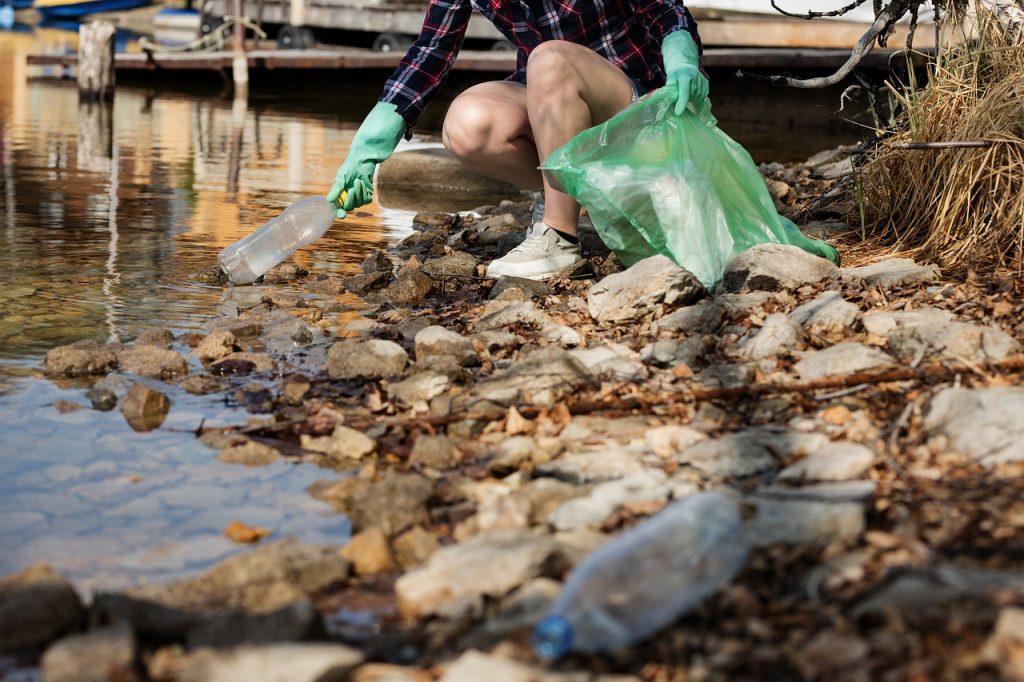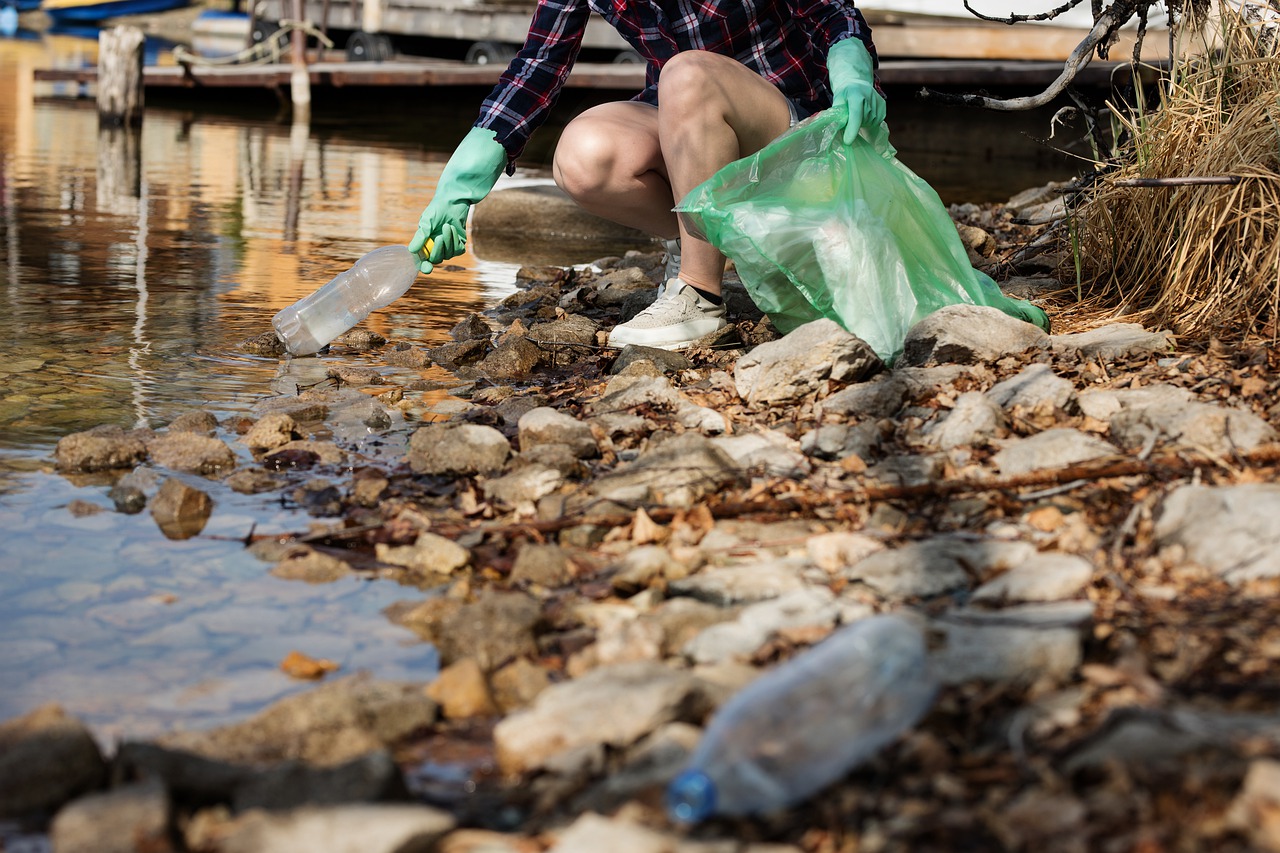By Hanna Choi, 2019—2020 Global Health Action Committee Programming Coordinator

Research comes out on a daily basis on how single-use plastics, the lack of recycling on a global scale, and the improper elimination of plastic waste are harming our health and the health of our children with everything from cancer to lowered IQ points. I am not writing this to instill fear, though some fear is expected, but to note what is and isn’t being done in the US and abroad to keep our world habitable for our future generations. At today’s rate, considerable action is needed fast.
By 2050, the weight of plastics in the ocean will outweigh the fish. Imagine going fishing with your friends and catching a water bottle. The number of fish will most likely diminish to a point where catching one is not only impressive, but a miracle.
Thankfully, 34 U.S. states are considering over 200 pieces of legislation to address plastic pollution. For example, Maryland passed the expanded prohibition to sell polystyrene foodservice products starting July next year. S. 113 of Vermont will prohibit a store of food establishment from providing single-use plastic carryout bags starting July next year. Such legislation, though focused on the state level, is monumental. We must begin to address the areas of plastic pollution that occur in everyday life. For example, the average family accumulates 60 plastic bags in only four trips to the grocery store. These 60 plastic bags are typically used for less than 15 minutes.
The hope is that other states in the US will also ban single-use plastic and limit the production of harmful plastics like polystyrene, but let’s also look at the global scale. Though high-income plastics countries generate the most plastic waste per person, the mismanagement of plastic waste is what determines the risk of plastic entering the ocean. Unfortunately, China contributes the most to plastic pollution (28%) due to mismanagement. Indonesia, the Philippines, and Vietnam contribute to 10, 6, and 6% of the plastic pollution. There have been non-profit efforts and even government efforts to improve this. China banned “24 categories of consumer waste, including commonly recycled post-consumer plastics and paper products” in 2017. This, ironically though, meant other countries had no place to export their plastic which led to worse management by more countries. Plastic mismanagement is a very complicated and interdisciplinary issue that needs to be assessed on a constant basis.
The projection of plastic and the amount of pollution is quite daunting, but let’s now look at the bright side. Plastic pollution awareness has caught on, and there is continuous research on creating plastic alternatives. We also need to remind ourselves of the pros and cons of plastic use in hospitals. Estimates have shown 25% of the waste from hospitals is single-use plastics. This is for sterile equipment and to save financially. As a hospital there are many advantages of plastic use, but these advantages are being abused.
Plastic pollution is a problem largely due to the lack of industrial and large governmental efforts. As consumers and as the future, it is our job to fight this issue head-on. I urge you to investigate how your state legislation, industries, and even global communities are fighting for you and your planet.

